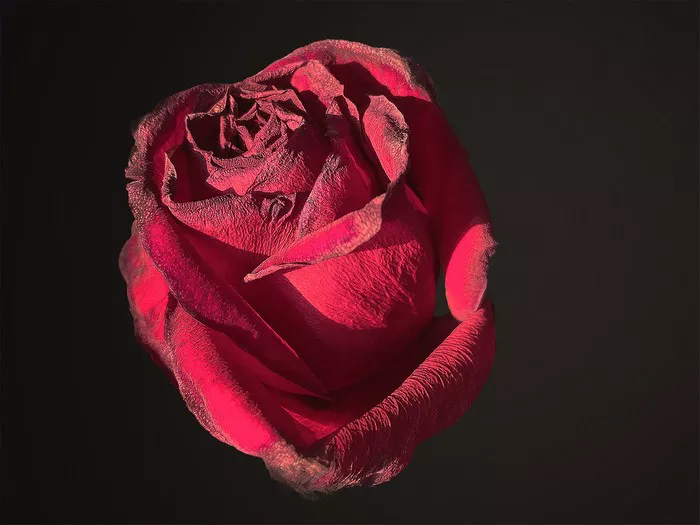As the sun stretches its warm embrace across the horizon, nature unveils its vibrant canvas, adorned with the hues of summer blooms. From the delicate petals of roses to the flamboyant clusters of hydrangeas, the summer season brings forth an array of floral splendor, each blossom a testament to the season’s vitality and abundance. In this comprehensive guide, we delve into the world of summer flowers, exploring their characteristics, cultivation techniques, and the enchanting beauty they bring to gardens and landscapes.
The Diversity of Summer Blooms
Summer is a time of abundance in the floral kingdom, with a diverse array of flowers gracing gardens, parks, and countryside landscapes. From classic favorites to exotic treasures, the variety of summer blooms is vast and captivating.
1. Roses: Undoubtedly one of the most iconic symbols of love and beauty, roses are a quintessential feature of summer gardens. With their lush foliage and exquisite blooms in shades of red, pink, yellow, and white, roses add an undeniable charm to any landscape. Varieties such as hybrid tea roses, floribunda roses, and climbing roses offer a wide range of options for gardeners seeking to incorporate these timeless flowers into their outdoor spaces.
2. Sunflowers: With their bright, cheerful blooms and towering stalks, sunflowers are synonymous with summertime joy. These bold beauties, with their large, daisy-like flowers and golden petals, are not only a delight to behold but also attract pollinators such as bees and butterflies to the garden. Whether grown for their seeds or simply for their ornamental value, sunflowers never fail to make a statement in any summer garden.
3. Hydrangeas: Renowned for their large, showy blooms and lush foliage, hydrangeas are a beloved summer favorite. These versatile shrubs produce clusters of flowers in an array of colors, including blue, pink, purple, and white, adding a touch of elegance and grace to garden borders and flower beds. With proper care and attention, hydrangeas can thrive in a variety of climates, making them a popular choice for gardeners seeking a low-maintenance yet visually stunning plant.
4. Lavender: Known for its soothing fragrance and delicate purple flowers, lavender is a staple of summer gardens around the world. This aromatic herb not only adds beauty to the landscape but also possesses medicinal properties and is commonly used in culinary and wellness applications. Whether grown in garden beds, containers, or as a hedge, lavender adds a touch of tranquility and charm to any outdoor space.
5. Dahlias: With their intricate blooms and vibrant colors, dahlias are a true showstopper in the summer garden. These perennial plants produce an abundance of flowers in a wide range of shapes and sizes, from petite pompons to dinner plate-sized blossoms. Whether planted as a focal point in a garden border or as part of a mixed flower arrangement, dahlias never fail to captivate with their beauty and diversity.
Cultivating Summer Blooms
While the sight of summer flowers in full bloom may evoke images of lush gardens and sprawling landscapes, cultivating these botanical treasures requires careful planning, attention to detail, and a basic understanding of horticultural principles.
1. Site Selection: The first step in successfully growing summer blooms is selecting an appropriate site for planting. Most flowering plants require ample sunlight to thrive, so choose a location that receives at least six to eight hours of direct sunlight per day. Additionally, ensure that the soil is well-draining and rich in organic matter to provide the necessary nutrients for healthy growth.
2. Soil Preparation: Proper soil preparation is essential for ensuring the success of summer flowers. Before planting, amend the soil with compost or organic matter to improve its structure and fertility. This will not only provide essential nutrients to the plants but also help retain moisture and promote healthy root development.
3. Watering: Adequate watering is crucial for the health and vitality of summer blooms, especially during periods of hot, dry weather. Be sure to water plants deeply and consistently, ensuring that the soil remains evenly moist but not waterlogged. Consider installing a drip irrigation system or soaker hoses to deliver water directly to the root zone and minimize water waste.
4. Fertilization: To encourage robust growth and prolific flowering, fertilize summer blooms regularly throughout the growing season. Choose a balanced fertilizer formulated specifically for flowering plants and apply according to the manufacturer’s instructions. Avoid over-fertilizing, as this can lead to excessive foliage growth at the expense of flower production.
5. Deadheading and Pruning: Deadheading, or the removal of spent flowers, is essential for prolonging the blooming period of many summer flowers. Regular deadheading not only improves the appearance of the plants but also redirects energy towards the production of new blooms. Additionally, prune summer-flowering shrubs and perennials as needed to maintain shape, remove diseased or damaged growth, and promote healthy growth.
Conclusion
As the days lengthen and the temperatures rise, the summer garden comes alive with a riot of color and fragrance, courtesy of nature’s bountiful blooms. From the classic elegance of roses to the whimsical charm of sunflowers, each flower adds its own unique beauty to the tapestry of the season. By selecting the right plants, providing proper care and attention, and embracing the wonders of nature, gardeners can create stunning landscapes that celebrate the splendor of summer in all its glory. So go ahead, immerse yourself in the vibrant palette of summer blooms, and let your garden be a testament to the beauty and abundance of the season.


